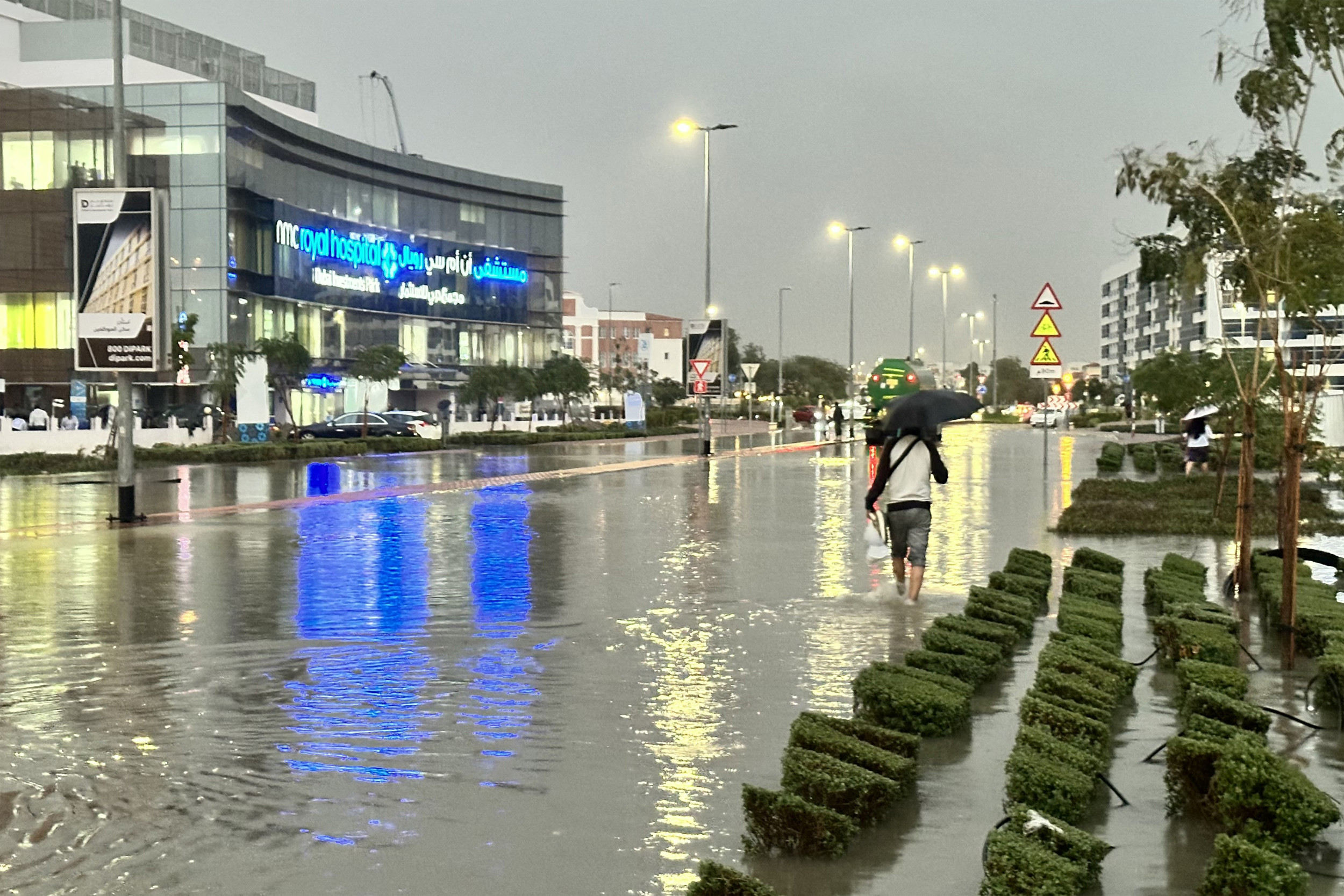The Great Salt Lake in Utah has now dropped to levels lower than ever reached before.
On July 3, 2022, the lake—the largest saltwater lake in the Americas and 8th largest in the world—recorded its lowest water levels since records began in 1847, falling to 4,190.1 feet above sea level at the Salt Air gauge location, and is expected to further drop throughout the rest of the summer.
The previous record low occurred in October 2021, when the lake's water level was measured as being 4,190.2 feet above sea level. The water level trends in 2022 have been consistently lower than they were in 2021, both of which are lower in turn than in 2020.
As a result of this drop in water level, the lake has also seen a huge reduction in its surface area. While in the 1980s, the lake covered around 3,000 square miles, it now only spans about 950 square miles.

"This is not the type of record we like to break," Utah Department of Natural Resources Executive Director Joel Ferry said in a U.S. Geological Survey news release. "Urgent action is needed to help protect and preserve this critical resource. It's clear the lake is in trouble. We recognize more action and resources are needed, and we are actively working with the many stakeholders who value the lake."
Naturally, the lake would empty and refill with the seasons, losing water in the summer from evaporation. However, the megadrought currently plaguing the Western states of the U.S.—and a large portion of the area around the Great Salt Lake is classified by the U.S. Drought Monitor as being in a state of "extreme drought"—has meant that the balance of water has shifted towards the dry end of the scale.
This is only being exacerbated by climate change as a result of human activity, with 42 percent of the past 22 years of drought conditions being attributed to climate change in a 2022 study published in the journal Nature Climate Change.
Another factor contributing to the lake's dropping water levels is the reduction in ways that the lake regains water. Around 3.3 trillion liters of water (about 872 billion gallons) are redirected from the streams that feed the lake each year to agriculture and nearby residential areas, meaning that the lake cannot easily replace the water it loses via evaporation.
The consequences of this dramatic reduction in water levels are serious on a number of levels. The lake is an essential habitat for plants, brine shrimp, reptiles, amphibians, mammals, shorebirds and waterfowl, forming a critical part of the Pacific Flyway between North and South America for over 10 million birds annually.
The community around the lake relies on the body of water to bring in a lot of income. Tourism, mineral extraction and brine shrimp production bring in around $1.53 billion per year.
Additionally, as the lake dries up and reveals more and more lakebed, the dry soil leads to an increase in the dust in the air, worsening the air quality nearby. There is also a build-up of heavy metals like lead, arsenic and mercury in the lake as a result of not having an outflow of water, which then ends up in this dust as the water evaporates away.
"From an economic perspective, the impacts could be pretty substantial," Laura Vernon, the Great Salt Lake coordinator with the Utah Department of Natural Resources, told CNN. "We've also seen, with drying terminal lakes around the world, that respiratory illness increases as lake levels decline, because people are breathing in more of the particulate matter in the air that are blowing around."
Uncommon Knowledge
Newsweek is committed to challenging conventional wisdom and finding connections in the search for common ground.
Newsweek is committed to challenging conventional wisdom and finding connections in the search for common ground.
About the writer
Jess Thomson is a Newsweek Science Reporter based in London UK. Her focus is reporting on science, technology and healthcare. ... Read more
To read how Newsweek uses AI as a newsroom tool, Click here.








